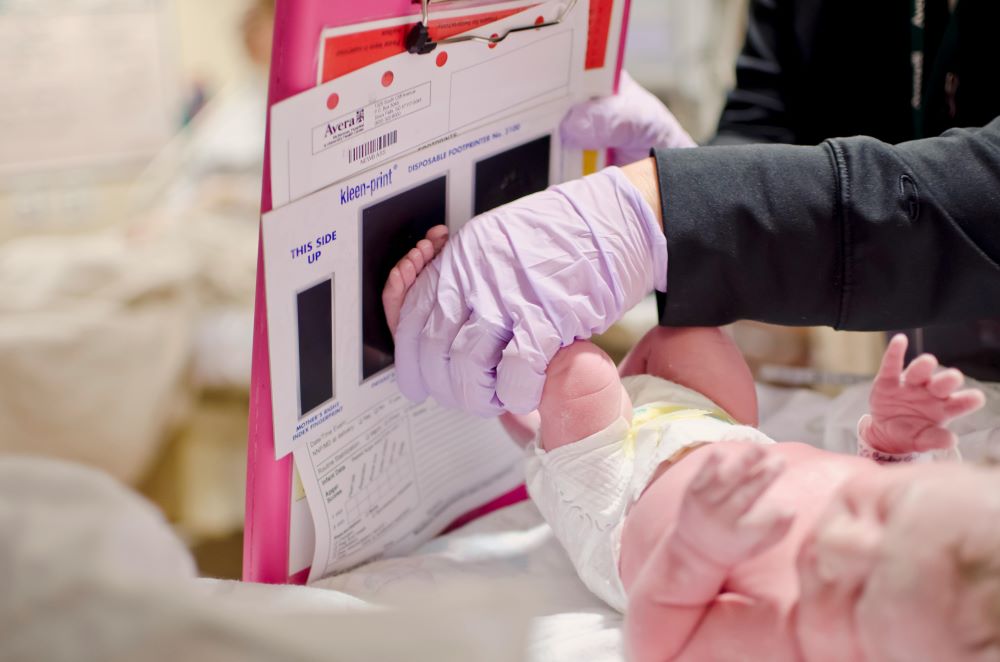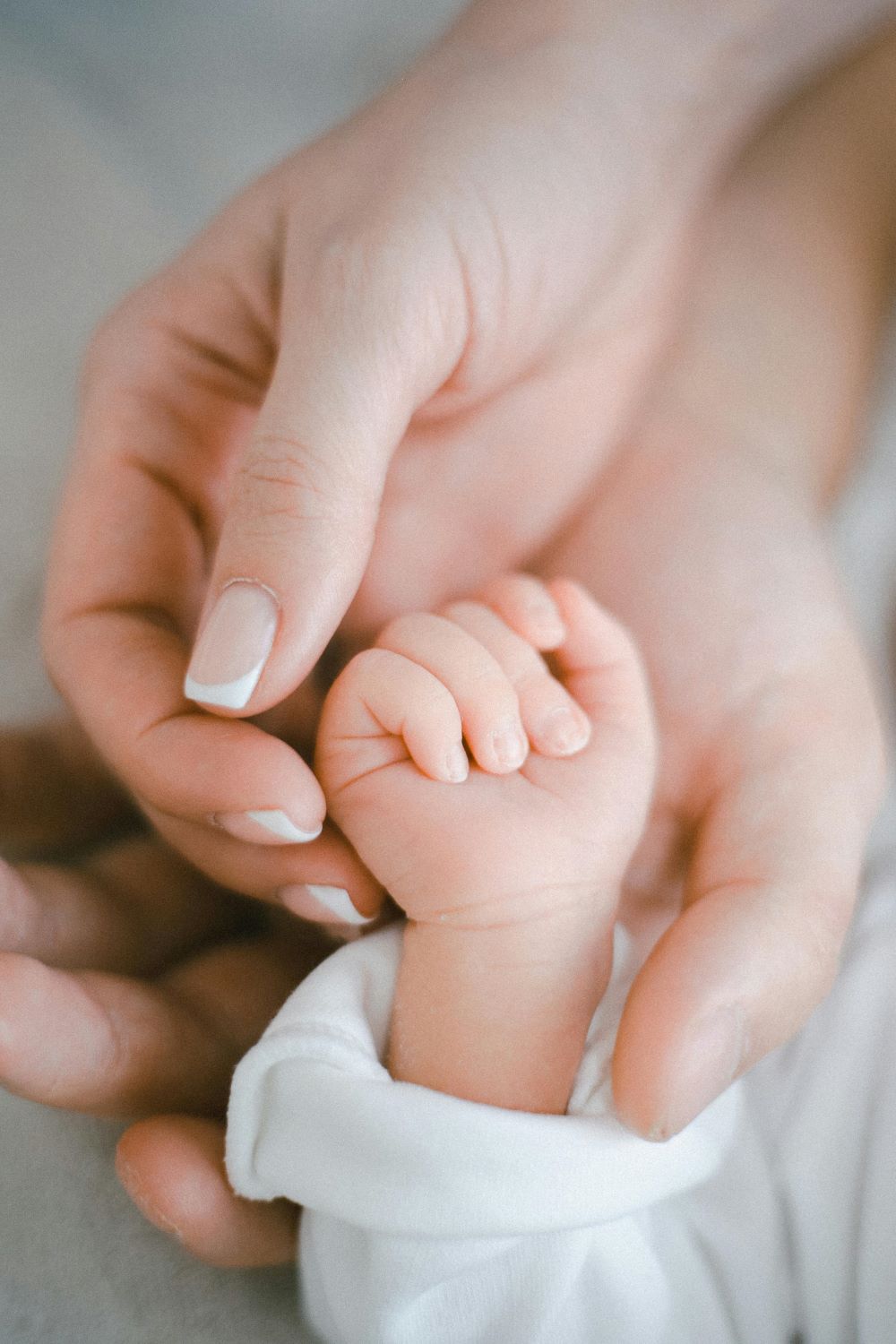Umbilical cord blood transplants improve survival outcomes across all races and ethnicities, according to new research.
Recent research led by Dr. Karen Ballen at the University of Virginia Cancer Center and published in Transplantation and Cellular Therapy focused on the benefits of umbilical cord blood transplants for patients with blood cancers The new study, which consisted of over 2,600 patients treated in the ten-year span between 2007 and 2017, showed that recipients from all racial backgrounds (including Black, Asian, Latinx, and Caucasian) now experience comparable survival outcomes.
Historically, disparities existed, particularly among Black patients, but the gap has closed, marking a meaningful step forward in equitable cancer care. However, the study also noted that Black children were more likely to develop severe graft-versus-host disease (GVHD), a serious complication that can cause organ damage and infections following the transplant.
Umbilical cord blood transplants have emerged as a viable, and often life-saving option, for many cancer patients, especially those who lack a fully matched donor in their family or community. Unlike bone marrow transplants, cord blood transplants do not require a perfect match between the donor and recipient. This is particularly beneficial for patients from racially or ethnically diverse backgrounds, who often have greater difficulty finding matches with unrelated donors.

Cord blood is collected immediately after birth from the umbilical cord and placenta, a process that is safe for both the mother and the newborn child. This procedure involves clamping and cutting the umbilical cord, followed by extracting the cord blood that remains. Since this blood is rich in hematopoietic stem cells, which can develop into different types of blood cells, it becomes a vital resource for treating various blood disorders and cancers. The collection process is non-invasive and quick, allowing the cord blood to be stored in banks for future use in transplants. In order to accomplish this process, the mother provides consent to the treatment team to collect the blood.
Advancements in cord blood transplant techniques, alongside improved patient care, have contributed to better overall survival rates across the board. The researchers believe this has to do with several factors. First, the ability to more accurately identify patients who are suitable for cord blood transplants has significantly improved. Second, newer techniques for matching donors with patients have led to better transplant outcomes. And lastly, enhanced supportive care, such as more effective antibiotics, has played a role in improving post-transplant recovery.
One critical aspect of the current research was the emphasis on the total number of cord blood cells transplanted rather than relying on the racial or ethnic match between donor and recipient. The greater the number of cells transplanted, the better the patient’s chances of restoring their ability to produce blood cells after undergoing high-dose chemotherapy or other cancer treatments.
While the number of cord blood transplants in the United States has been declining in recent years, in general, the results of this research emphasize the fact that they continue to be valuable for patients who do not have other options. Despite the challenges and risks, including the potential for severe GVHD, cord blood transplants still offer hope and improved survival chances for many patients.
In the broader context of cancer treatment, this study is a testament to the importance of addressing racial and ethnic disparities in the healthcare system at large, which continues to be an issue in many other areas of medicine. And as the field continues to advance, hopefully more emphasis will be placed on compatibility in a patient’s cell composition and other internal factors when it comes to determining transplant success rates.
Sources:
Umbilical cord blood transplants improve cancer survival rates across all races
Impact of Race and Ethnicity on Outcomes After Umbilical Cord Blood Transplantation


Join the conversation!